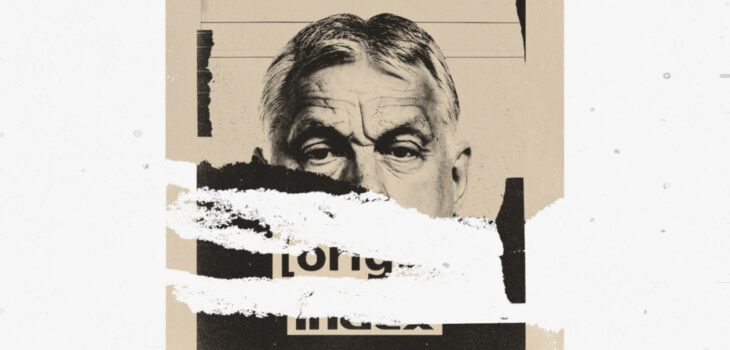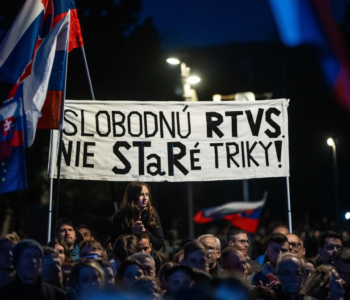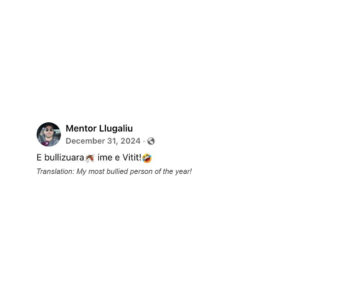
The shredding of the free press in Hungary (Telex)
Viktor Orbán’s takeover of the media didn’t come overnight. It’s been a long time in the making. Hungary’s Telex.hu traces the evolution of media capture.
For 30 years Viktor Orbán and his old political colleagues have held the view that the press is against them, that journalists always help their opponents. If Fidesz loses, they think, the power of the press has won. If Fidesz wins, it does so in spite of the media headwind. The same line was taken in Orbán’s 2019 governmental press conference— when he told members of the Hungarian and foreign press that more journalists were against him than for him, “but even in such circumstances it is possible to win” — as in the analysis of the 1994 election result, where Fidesz’s defeat was blamed on a media superiority stacked up against the party. However, the party did not always view the press this way.
In this article we look at the development of the Hungarian media over those 30 years. Today, Hungary is in a dismal 92nd position in the World Press Freedom Index, which is put together by Reporters without Borders (RSF). How did it reach the point where ownership of most of the Hungarian TV, radio, printed and internet media is in some way tied to the government and its politicians.
This piece is published as part of a collaboration between IPI as part of the MFRR with Telex.hu as part of a content series on threats to independent media in Central Europe.










